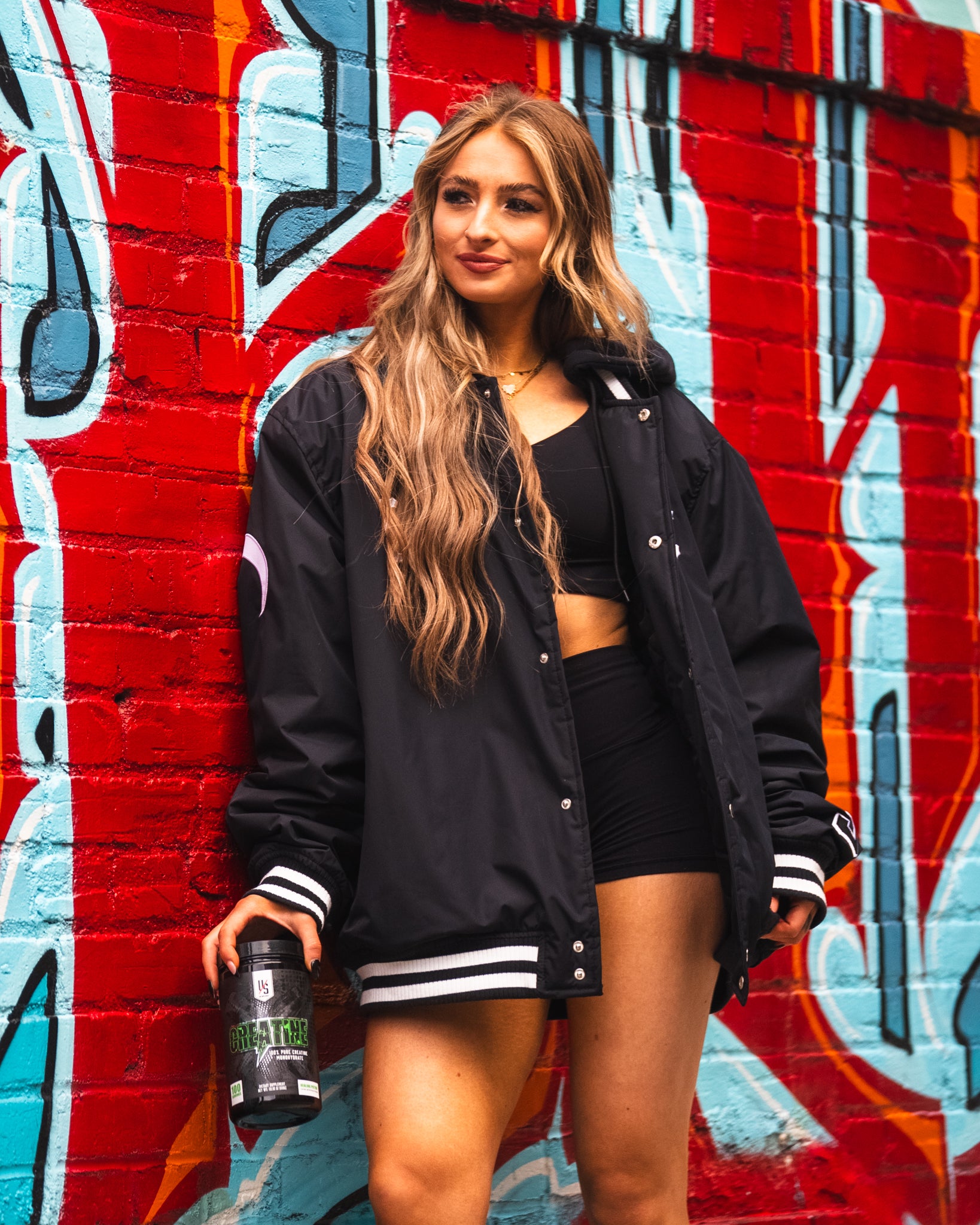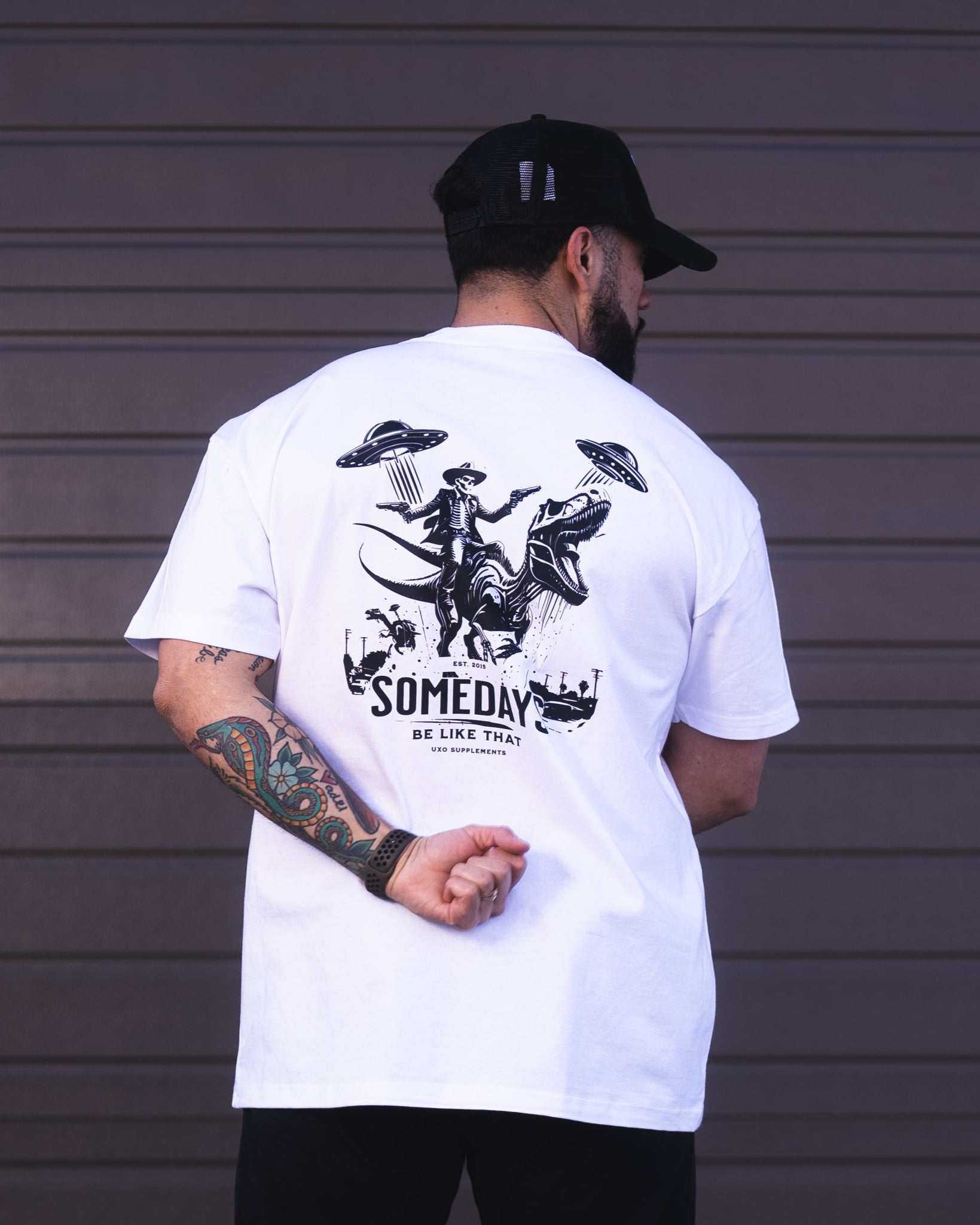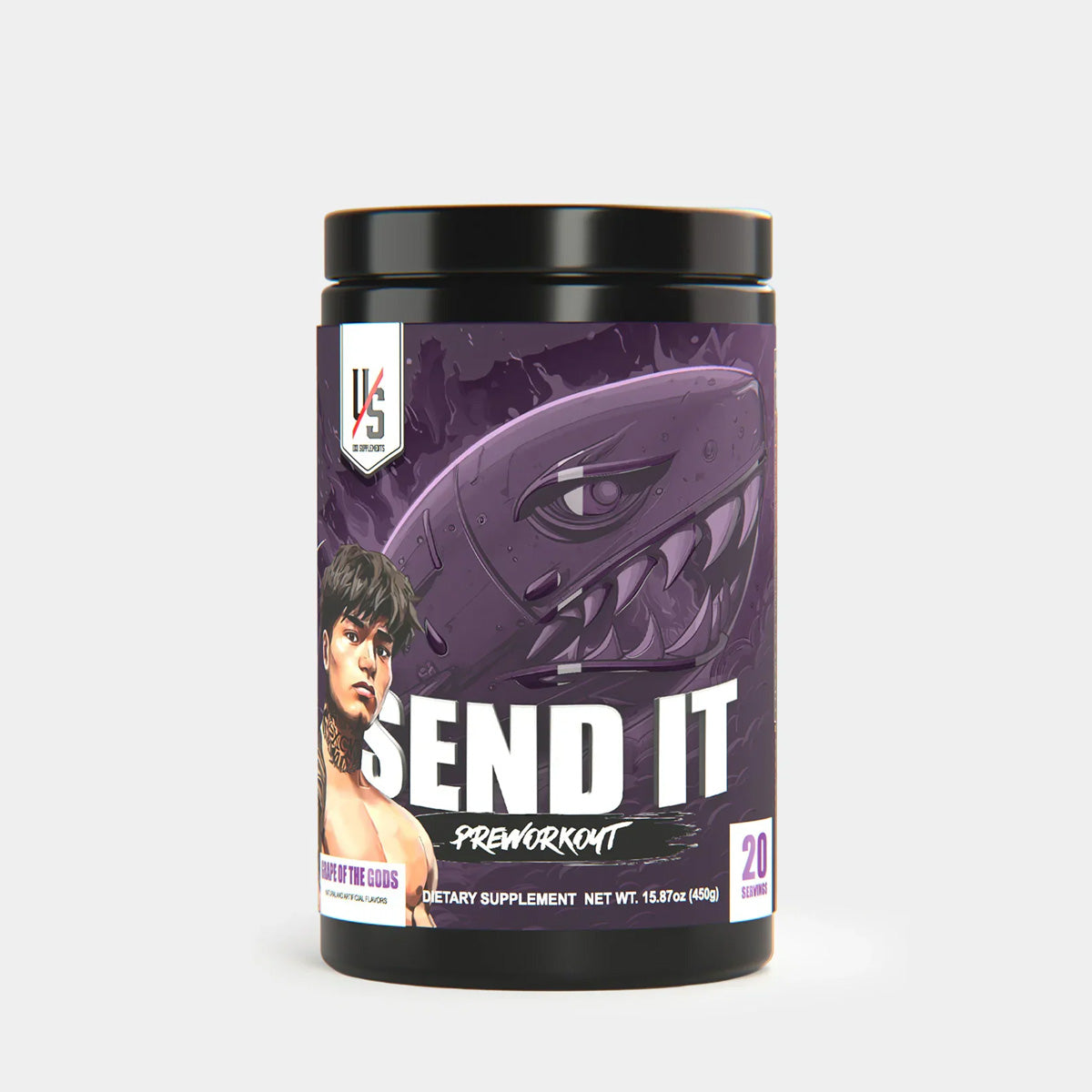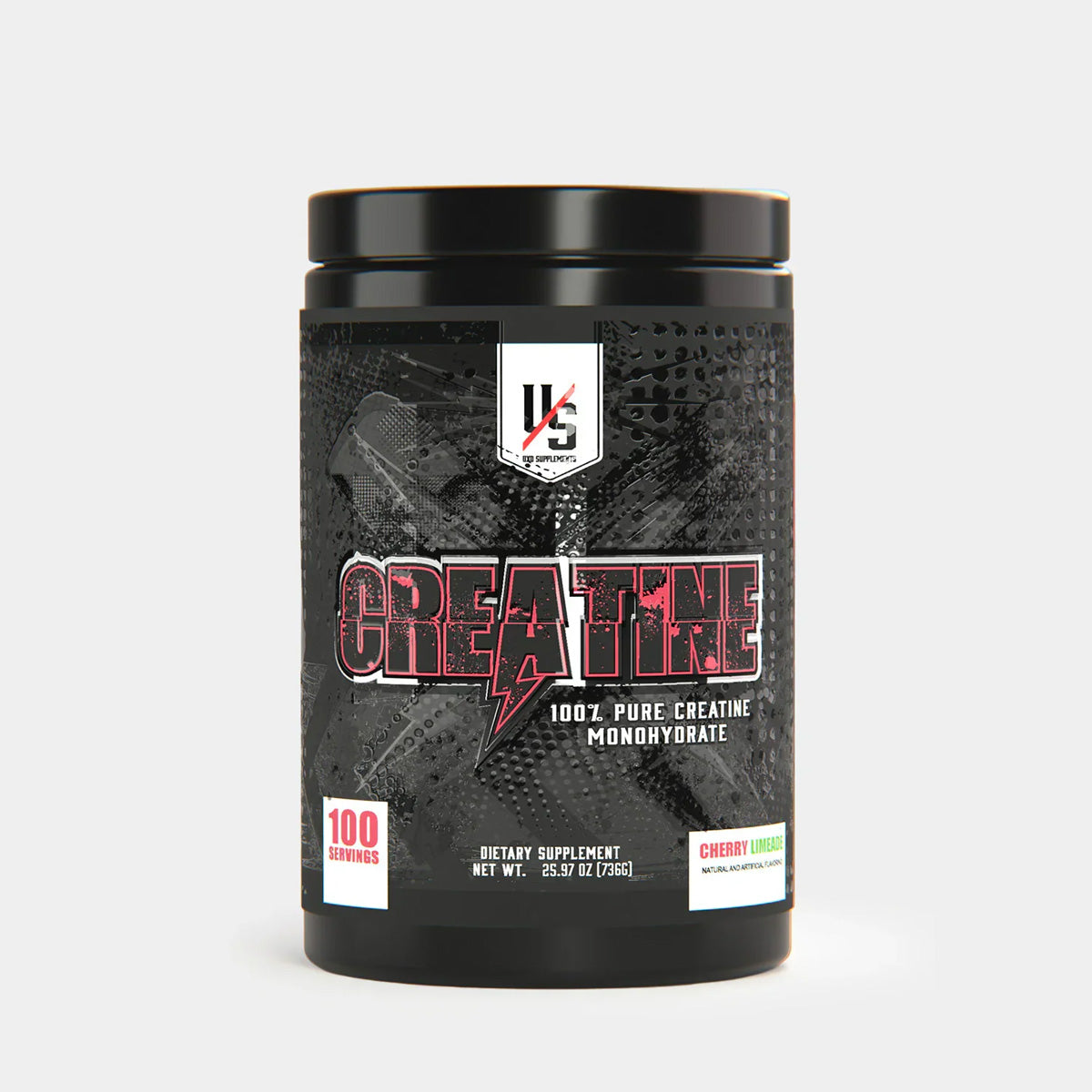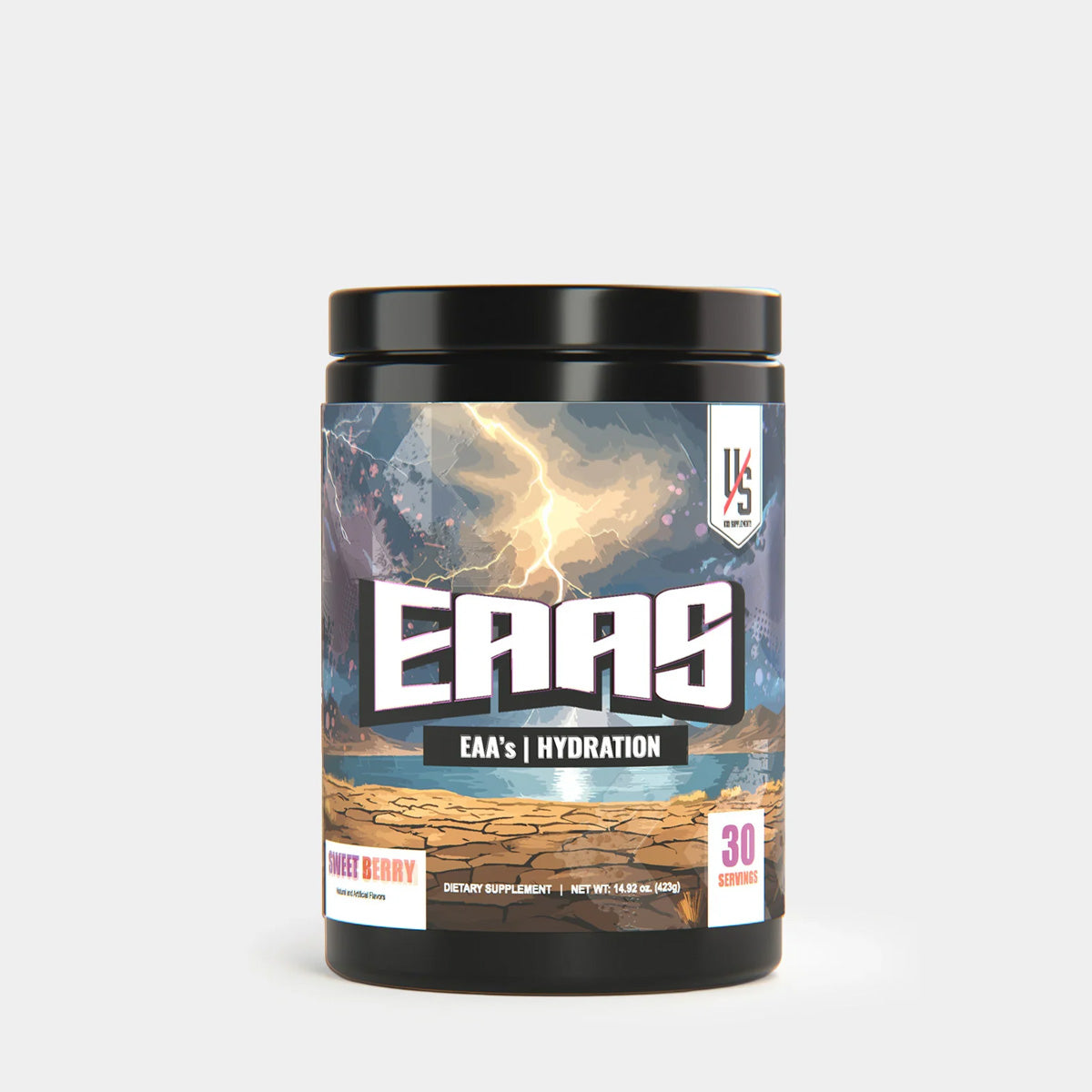Walk down the aisle of any nutrition store—or scroll through your social feed—and you’ll see endless claims promising instant fat loss, explosive muscle growth, or “next-generation” ingredients that sound more like sci-fi than science.
The supplement world is booming, but with that growth comes a critical question:
How much of what you see online is hype…and how much is real?
Let’s break it down.
1. The Business of Hype
The global sports-nutrition market is projected to exceed $80 billion by 2030. With so much money at stake, brands compete for attention—and nothing grabs eyeballs faster than bold claims and flashy packaging.
Marketing tactics often include:
- Overstated results (“Build 10 lbs of muscle in 30 days!”)
- Buzzword ingredients with limited research (“ultra-bioavailable, nano-enhanced super compound”)
- Limited-time launches that create fear of missing out (FOMO)
The reality? Most legal supplements can support progress—but they can’t replace training, nutrition, or recovery.
2. Influencers: Friends or Salespeople?
Fitness influencers often build trust by sharing their workouts, meals, and personal stories. That trust can blur the line between authentic recommendation and paid promotion.
Common red flags:
- Undisclosed sponsorships. A “favorite” pre-workout may be a paid partnership.
- Extreme transformations. Dramatic before-and-after photos may involve lighting, filters, or even performance-enhancing drugs.
- One-size-fits-all advice. Your body type, training style, and diet may differ drastically from theirs.
Even when influencers genuinely like a product, their goals and physiology might not match yours.
3. The Science vs. the Slogan
Some ingredients—like creatine monohydrate, beta-alanine, and citrulline malate—have decades of peer-reviewed research supporting their effectiveness.
Others are based on:
- Early pilot studies (small sample sizes, short duration)
- Animal research only (results may not translate to humans)
- Mechanistic theory without real-world outcomes
But marketing copy rarely reveals those nuances. Instead, phrases like “clinically proven” or “research backed” are used loosely, even if the dosage in the product is far below what studies tested.
4. Spotting Red Flags on a Label
Want to separate signal from noise? Check for:
- Full disclosure labels – Every ingredient listed with exact amounts (no “proprietary blends”).
- Third-party testing – Certificates of analysis or NSF/ISO verification.
- Meaningful doses – Compare ingredient amounts to actual research (e.g., 6–8 g of citrulline for a pump effect).
- Transparent claims – Supportive language (“may support,” “can help”) instead of guarantees.
5. The UXO Way: Built from Battle, Backed by Science
At UXO Supplements, we’re veterans of the industry and the gym.
Our approach:
- No proprietary blends – Every label shows the exact clinical dose.
- Research-driven formulas – Ingredients like Alfabin Rauwolscine, CaloriBurn GP, and MitoBurn are included at proven levels.
- Real-world results – We focus on performance, not Photoshop.
We believe athletes deserve honesty—because hard work deserves real support.
Key Takeaways
- Influencers can inspire—but also mislead. Always ask: Who benefits if I buy this?
- Science > slogans. Look for research, not buzzwords.
- Transparency is non-negotiable. Demand full labels and third-party testing.
The supplement aisle doesn’t have to be a minefield.
Educate yourself, question bold claims, and choose brands that put performance over propaganda.
Featured product
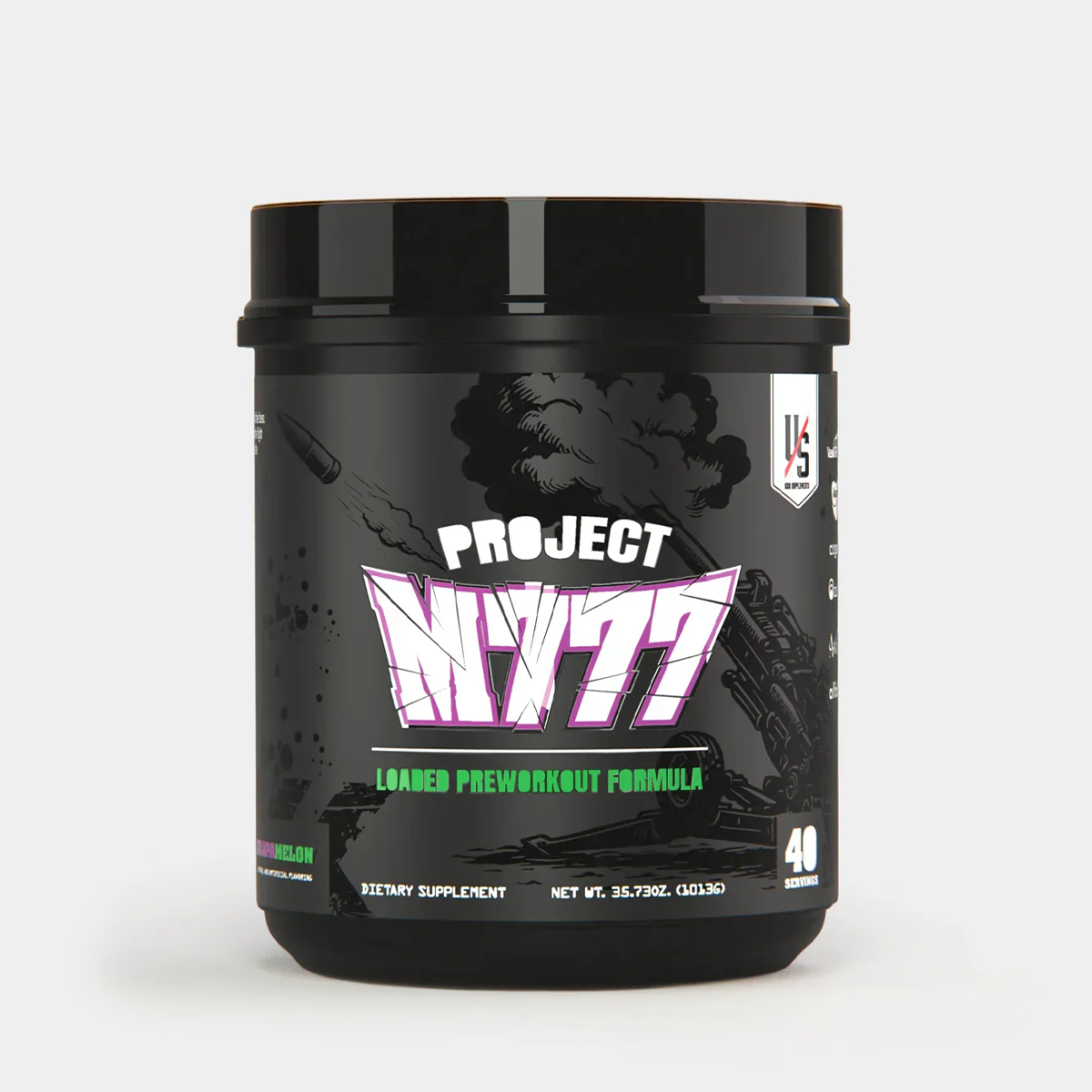
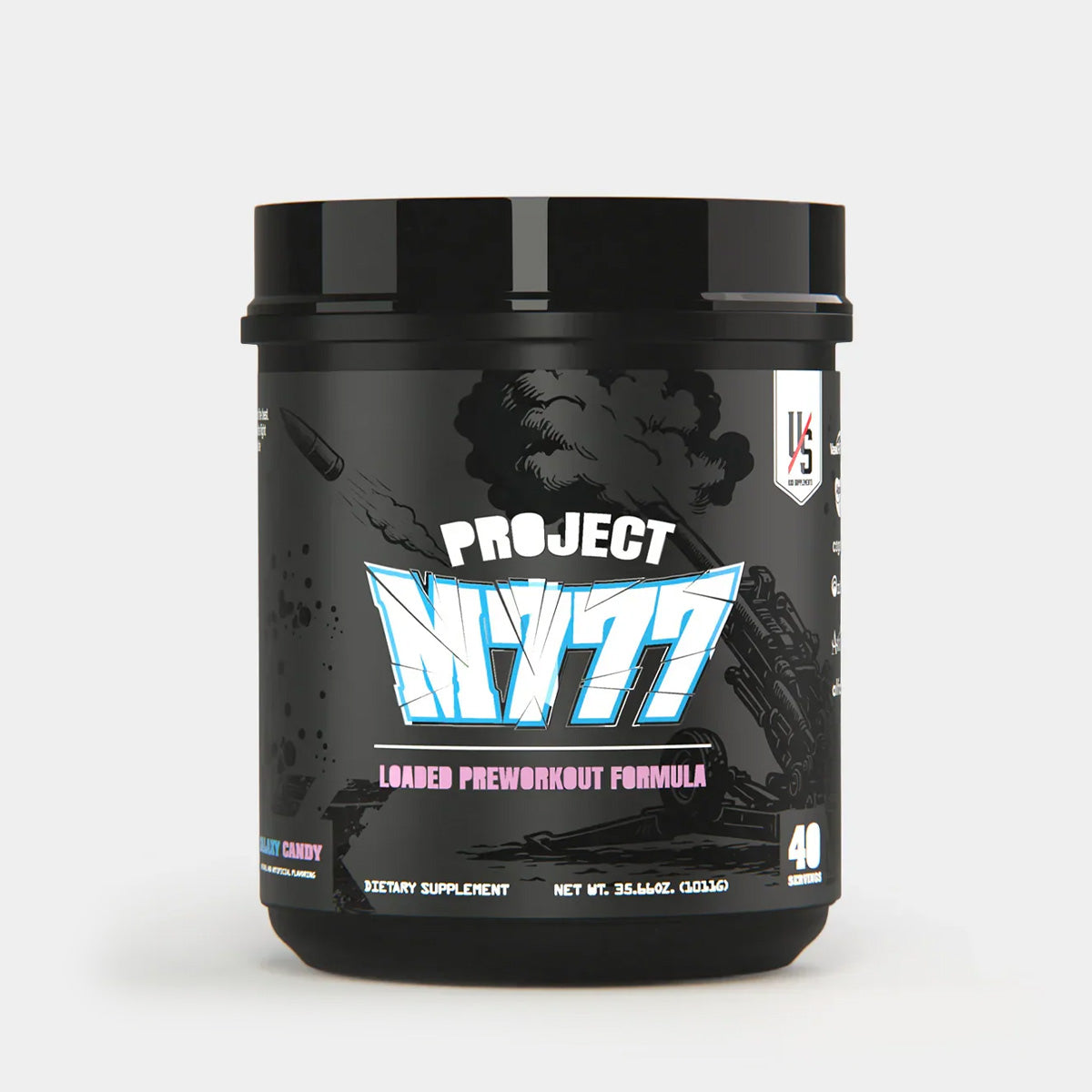
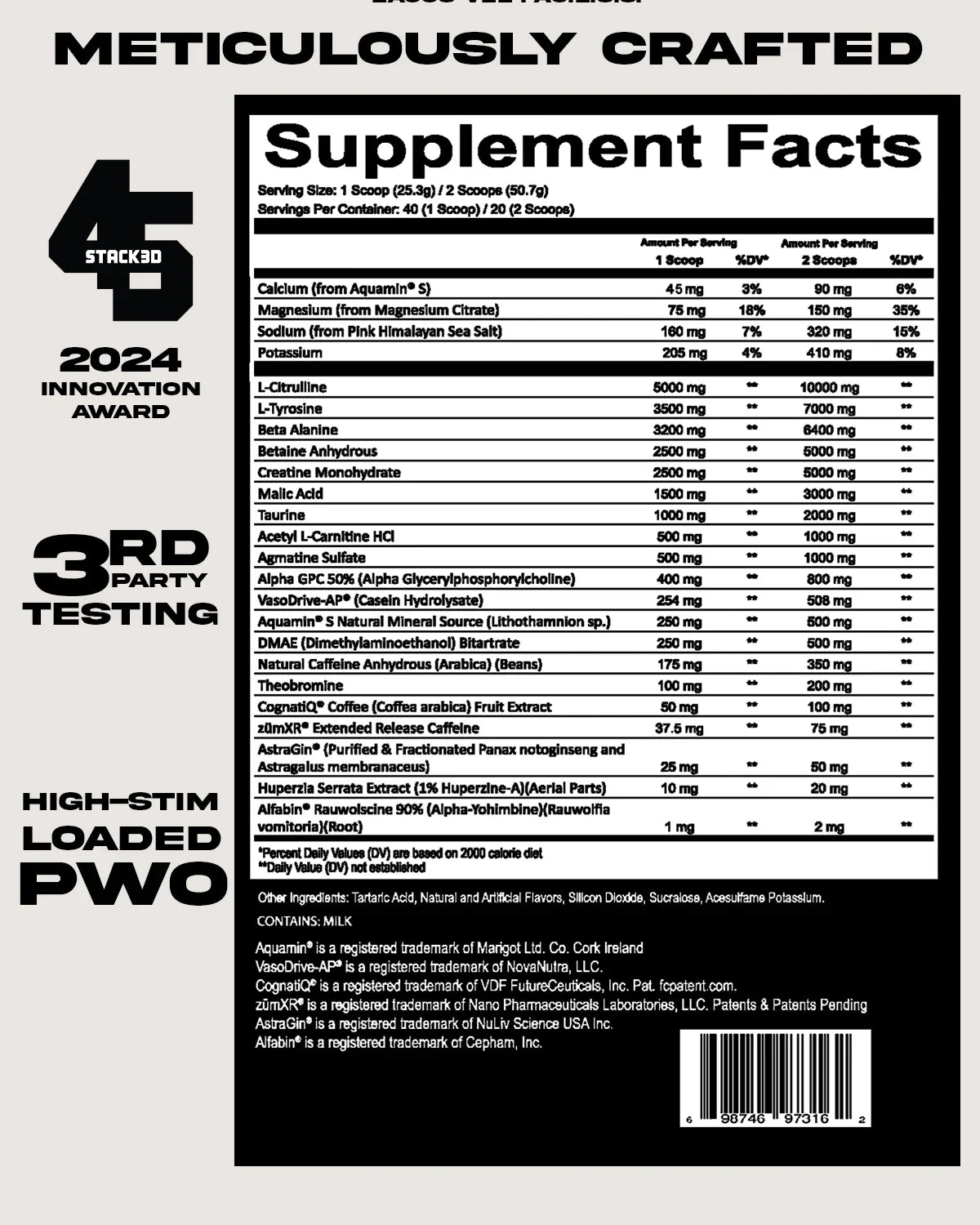
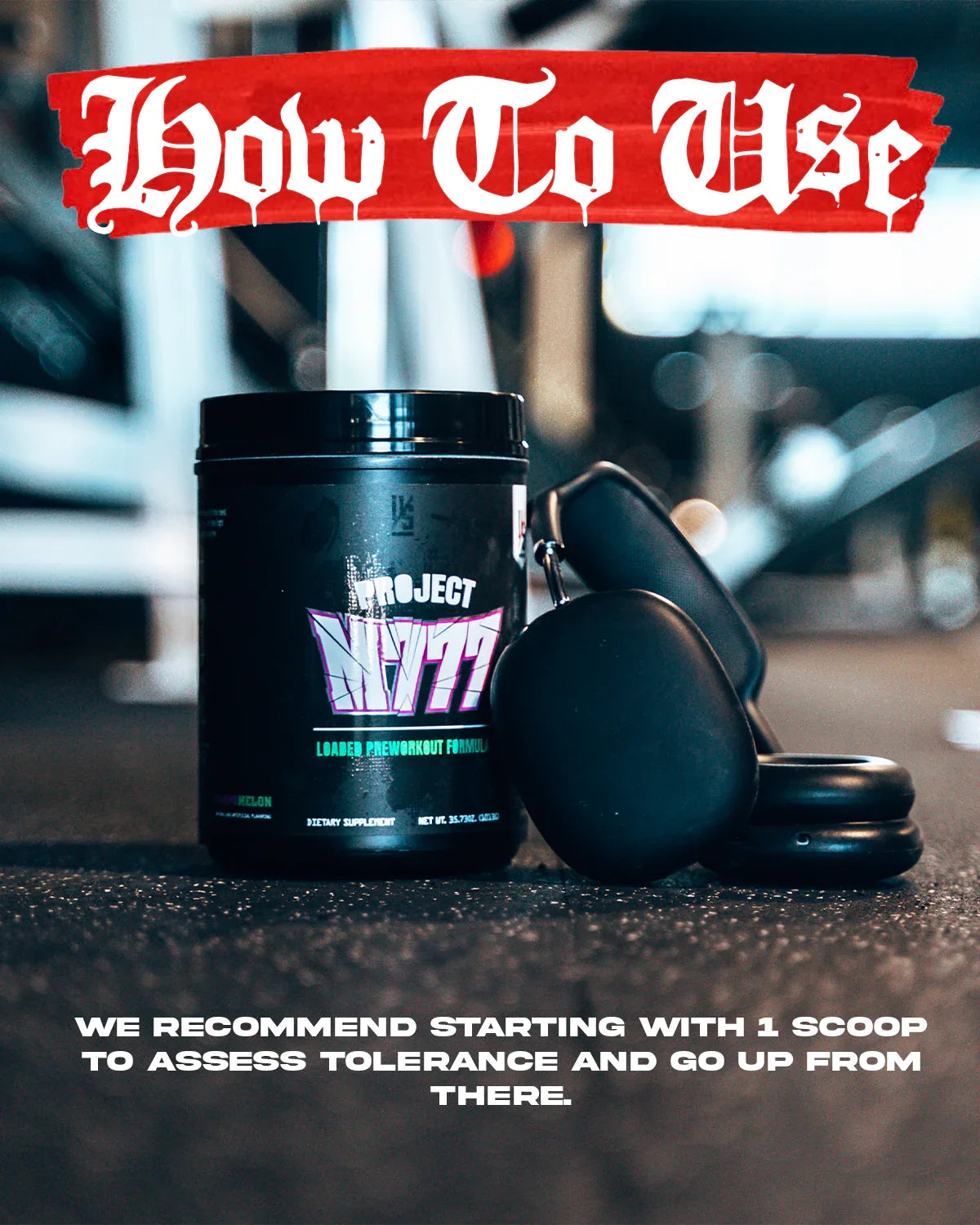
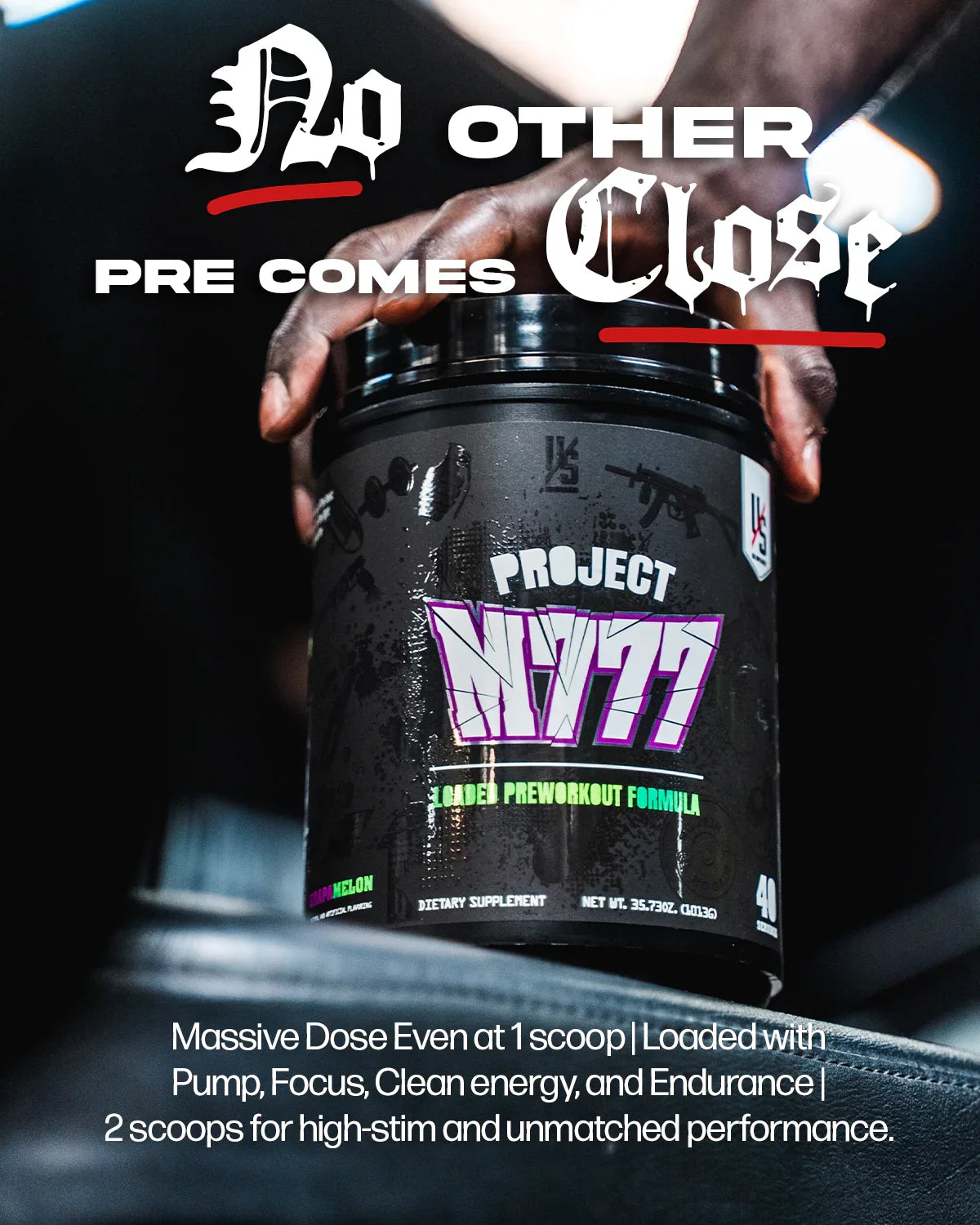
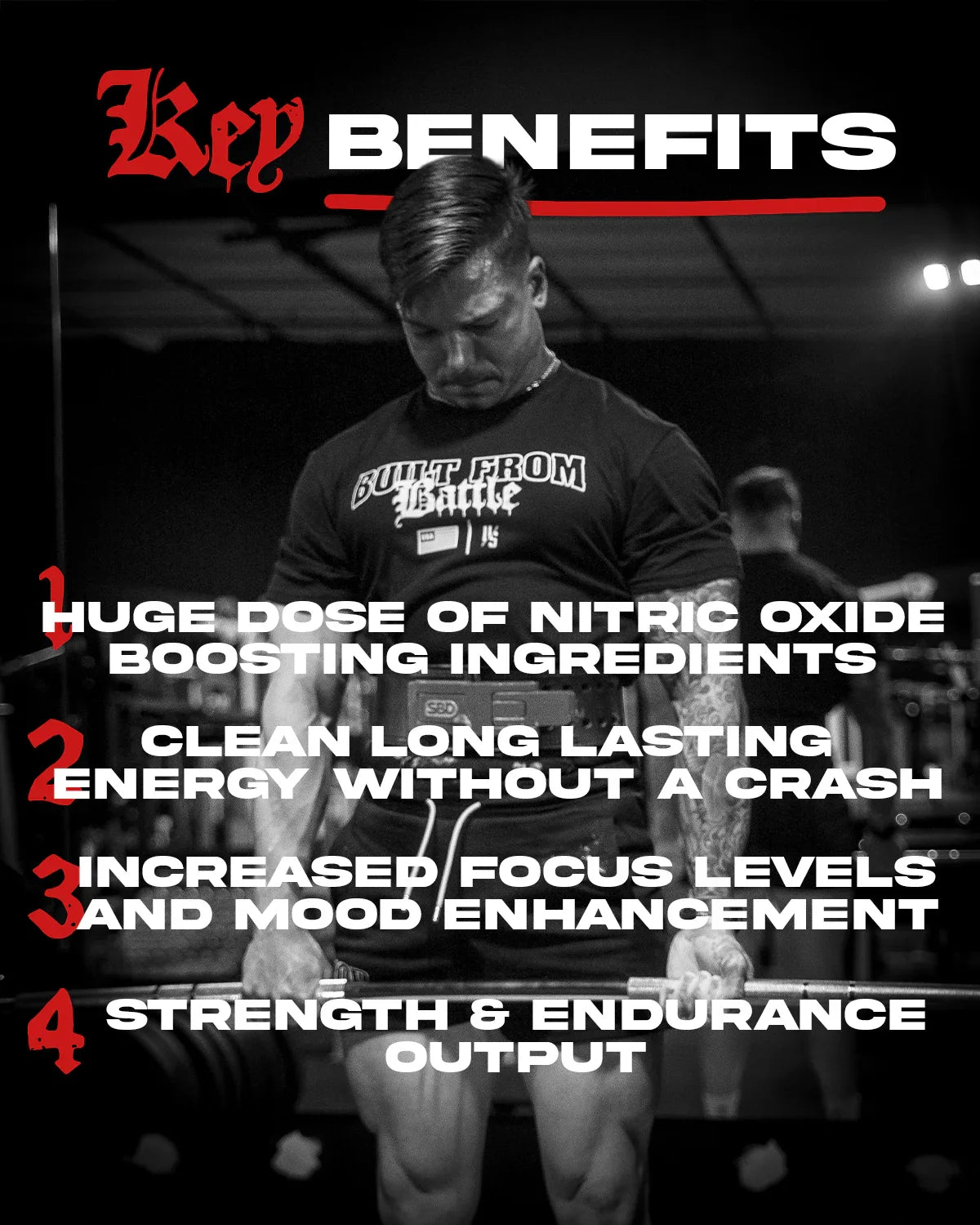
A pre-workout designed for performance. This formula delivers a robust serving size, packed with ingredients to elevate your gym experience
Pickup available at 11880 W. President Dr. Suite D
Usually ready in 24 hours

Project M777
Galaxy Candy
11880 W. President Dr. Suite D
11880 W President Dr
Suite D
Boise ID 83713
United States
The essentials
Share details of your store's product selection, or share a story that speaks to your customers.
Read more
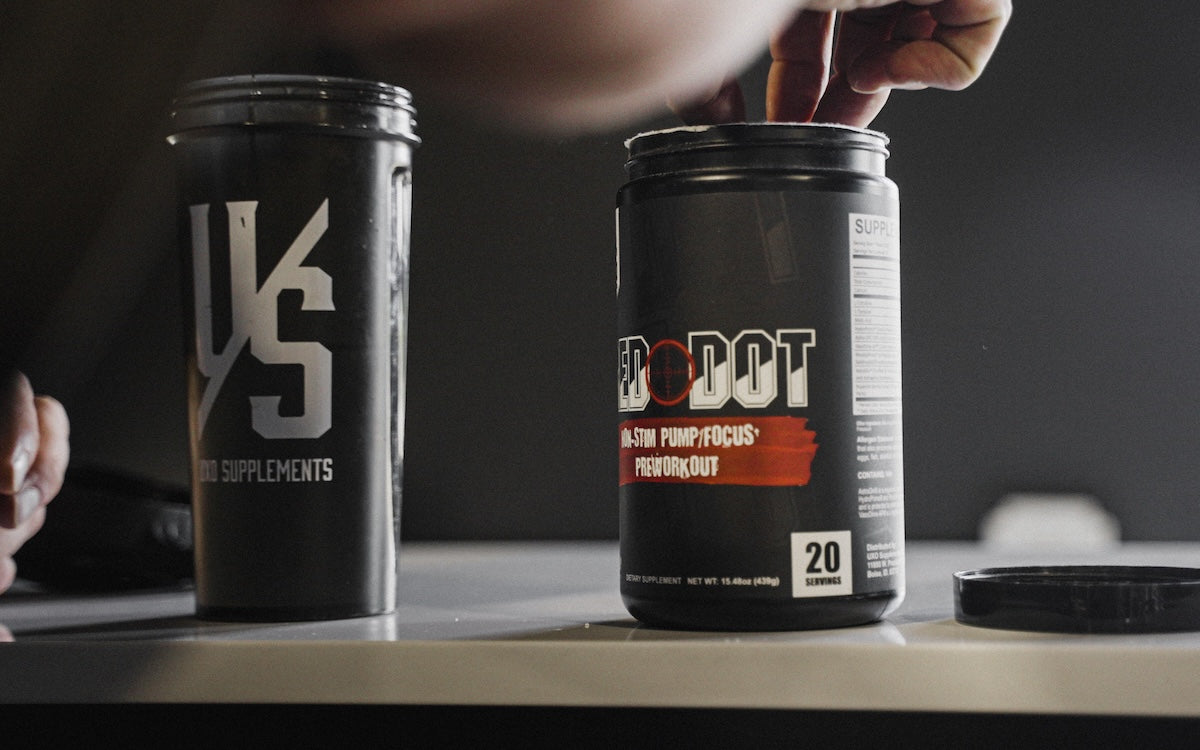
Unlock next-level workouts without caffeine. UXO Supplements’ Red Dot Pump & Focus combines 9 g L-Citrulline, nootropics, and hydration enhancers for skin-splitting pumps, sharper focus,...
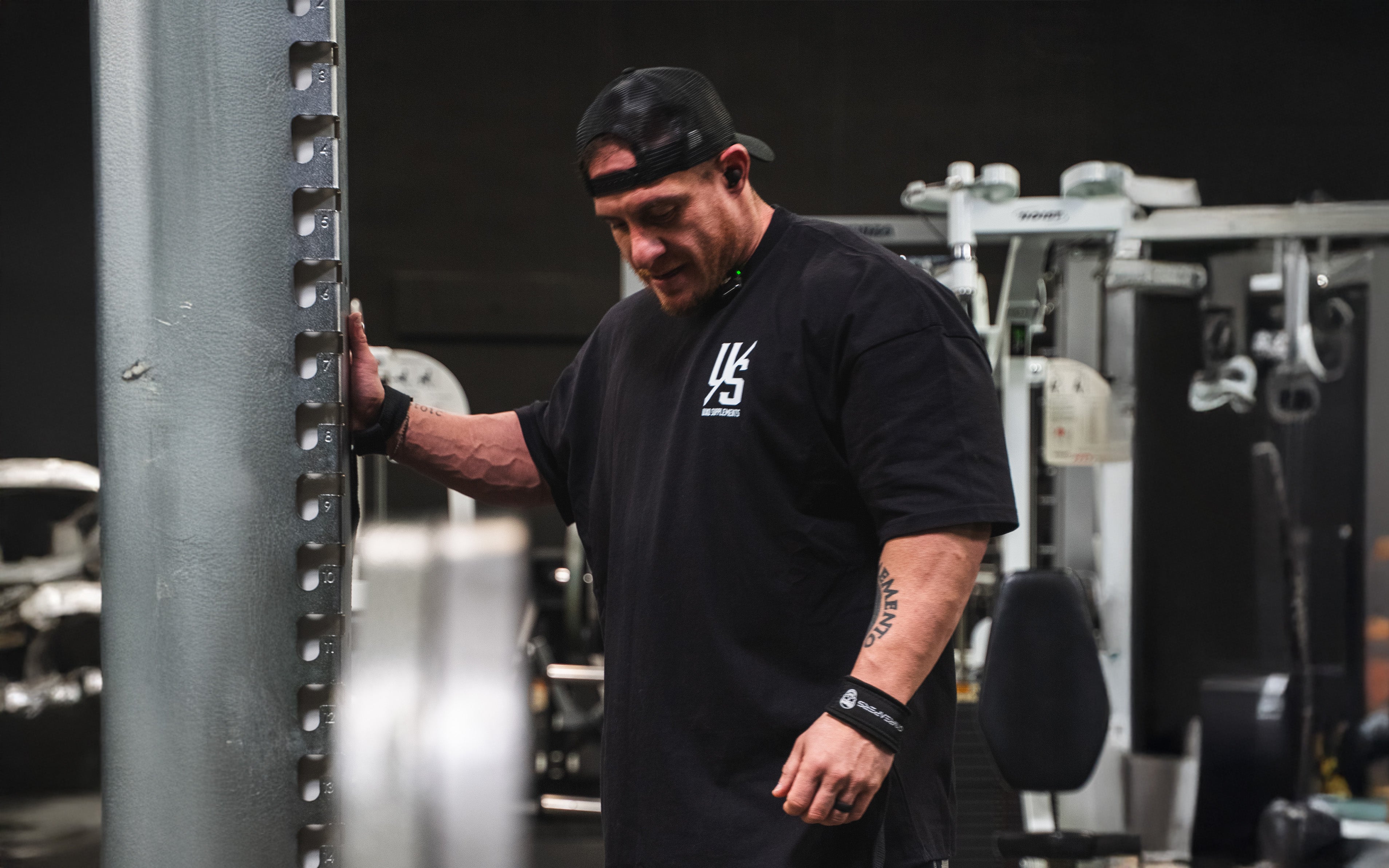
Muscles don’t grow in the gym—they grow during recovery. Discover science-backed strategies for better sleep, faster muscle repair, and smarter supplementation to maximize your gains.


